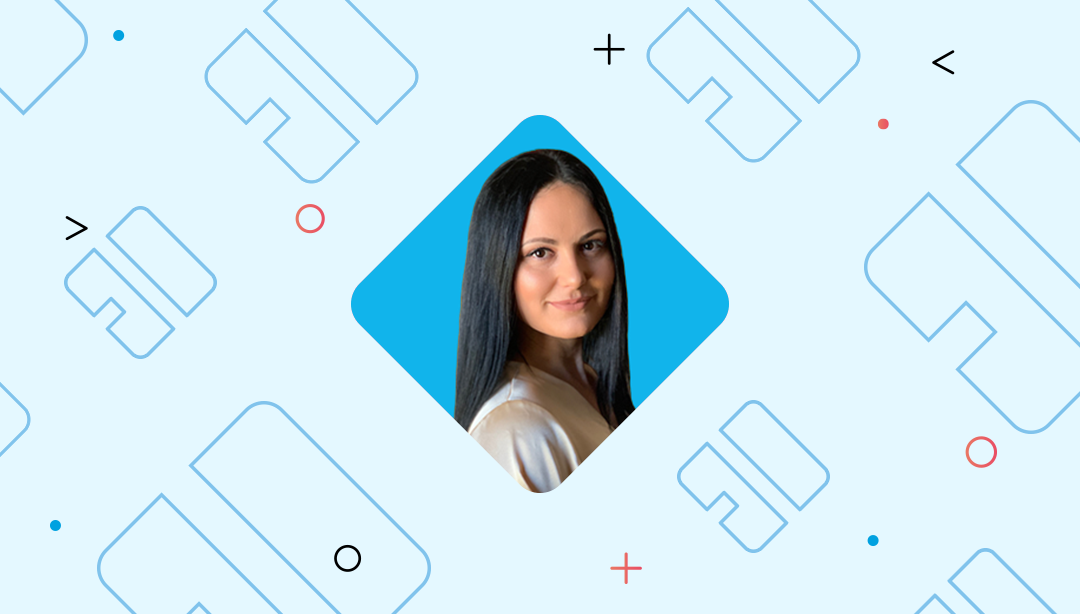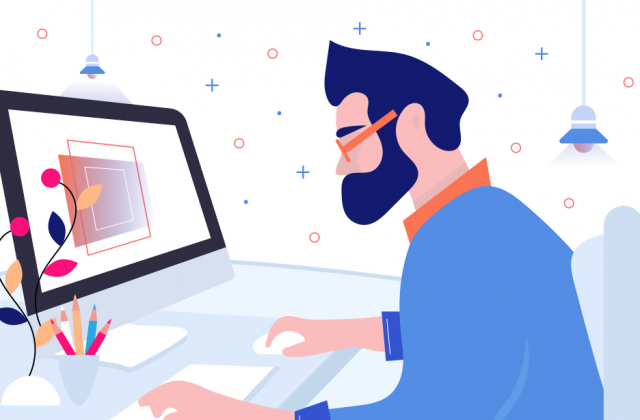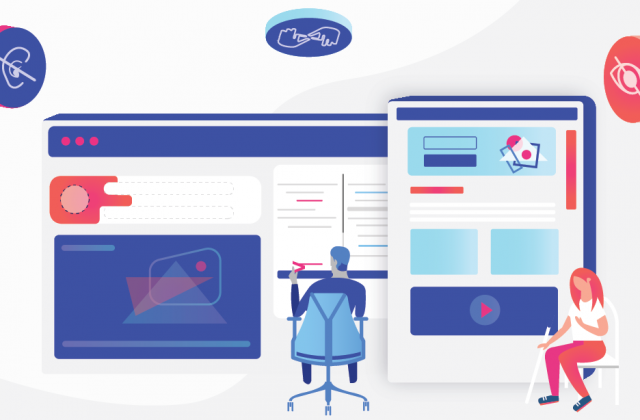When you are a great designer, coming up with some innovative and creative ideas is not hard. But deciding on which one to try out and prototype can be a bit demanding.
Figuring out what ideas one should explore and implement can be a great challenge for many designers. This is why we asked our Digital Product Designer Maja Bjeletic, to share her process of product prototyping and some of the most important tips and tricks every designer should know.
All ideas start small
In order to ensure that you choose the right idea, the first step is to write down some crucial features that describe your product.
First of all, you’ll need answers for some important questions that will help you define your product a bit better:
- What is your vision?
- What is your mission with this product?
- Is your product a problem solver? If so, what kind of a problem does it solve?
- Who are your potential clients/customers/buyers?
- Is your idea profitable?
- What is your niche? How strong are your competitors in your niche?
Detailed analysis of your answers
When you finish thinking about the answers for these questions and writing them down, the next step is conducting research. Try to explore every answer you wrote down in more detail. If it is possible, make sure to think about including potential customers’ interviews, which is one of the crucial steps for developing your product. You will be able to find out if your product is capable of actually solving their potential problems, and whether they would use it, and/or pay for it. Do they really have the problem you assume they have? Or are you only taking a wild guess?
This step is important so try not to skip it.
One thing that you should definitely have in mind is that it’s easy to collect only positive feedback. But if you want to hear more honest reviews about your idea, try to find the people that have something negative to say about it. These reviews will show you some weaknesses of your idea, so be prepared to ask some additional questions if necessary. This step will help you find some potential issues with your product that you are perhaps unaware.
You can also interview potential customers that don’t belong to your niche strictly speaking. Just as book writers have beta readers, you can ask neutral people about your idea, and that is totally fine.
Once you complete these steps, you will have enough information to make your user persona – a semi-fictional representation of your target customer. This will allow you to understand your target audience a lot better so you can tweak and change your ideas to suit their needs more.
Choose your product prototyping tools
Now that you have collected all the feedback you need, it is essential to define your budget. Do you have all the tools that you need? Is there any piece of software that you have to buy? Do you need any additional devices to test your idea? Write everything down and calculate your costs.
When you define the basics of your idea and what you need to do to bring it to life, the next step is making some low fidelity wireframe that will contain rough, basic elements of your idea or product for, let’s say, a desktop app. You can put wireframes on paper first, but remake them later using some of the well known lo-fi wireframe tools – Balsamiq is pretty nice. Using this tool, you can even make an interactive low fidelity prototype. You can show it to your potential buyers, and if you can make it before the interviews, that’s even better as they will see the live product.
High fidelity wireframes are the last part of testing before moving on to product design. They will provide an accurate representation of what your product might look like and it is the closest representation of your product – right before the design process.
Now that you have your hi-fi wireframe that you are happy with, you can skip to the next step – app design. Designers are using different programs for designing an app, but the most famous are Figma, Sketch, and Adobe XD. Spend some time on designers’ social networks to research trends in app design. You don’t want an outdated app design for your product.
Having your product well designed will lead you to the next level – product prototyping. Prototyping can be done using apps like Invision, Invision Studio, but also by working in programs where you created the design – try using Figma or Sketch.
Test your prototype
Testing your prototype is the last step before the official launch. Use your potential target customers, share it with them and get feedback.
Is that what they need? Do they like your design? Is it functional? Are they confused about some parts of it?
You have to collect all the necessary feedback once again, so you can finalise the product.
After it is successfully finished, it is ready to be shared with your buyers/investors.
How do you know when you’ve got it right?
Some signs that you have a great business idea can be these:
- your product is a problem solver
- your idea is unique and stands out
- your app’s market fit is validated
And that’s it! If you are a designer, make sure to try out this process and prototype your ideas in a way that suits your needs.
But if you are looking for great designers that will help you with product prototyping ans wireframing as well as creating and building your app, make sure to contact us today. Together, we can bring your ideas to life!



